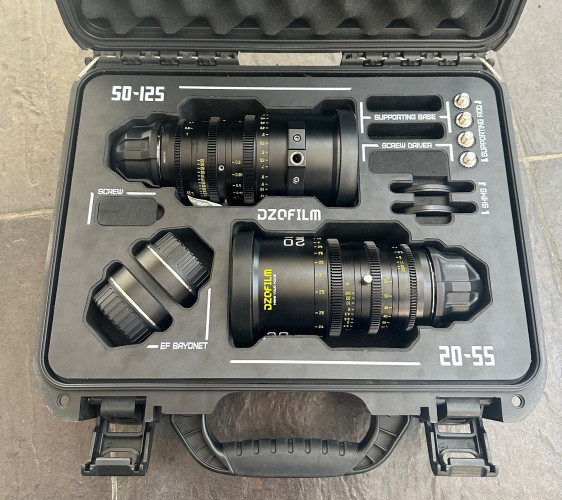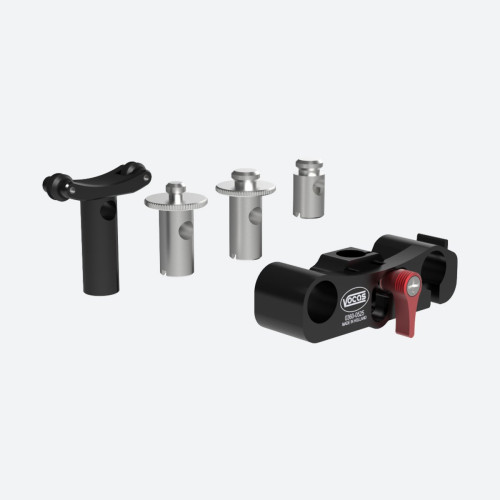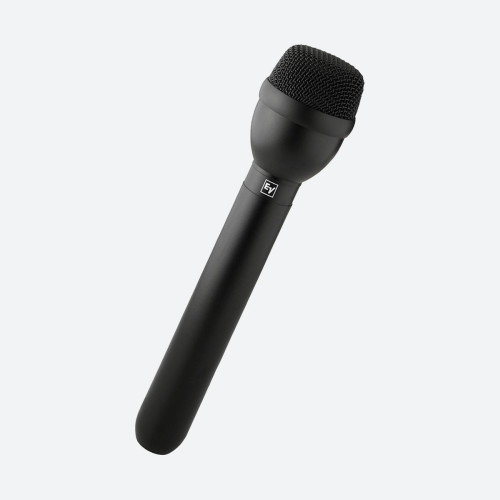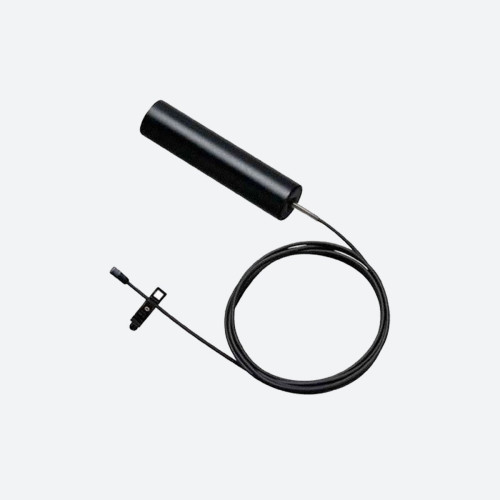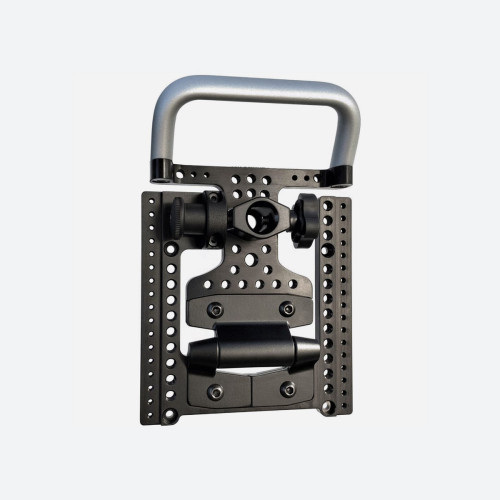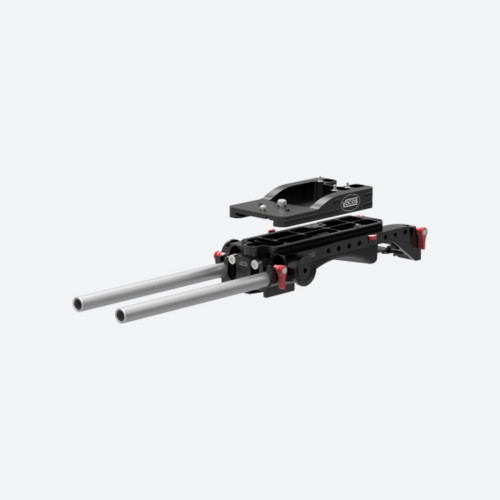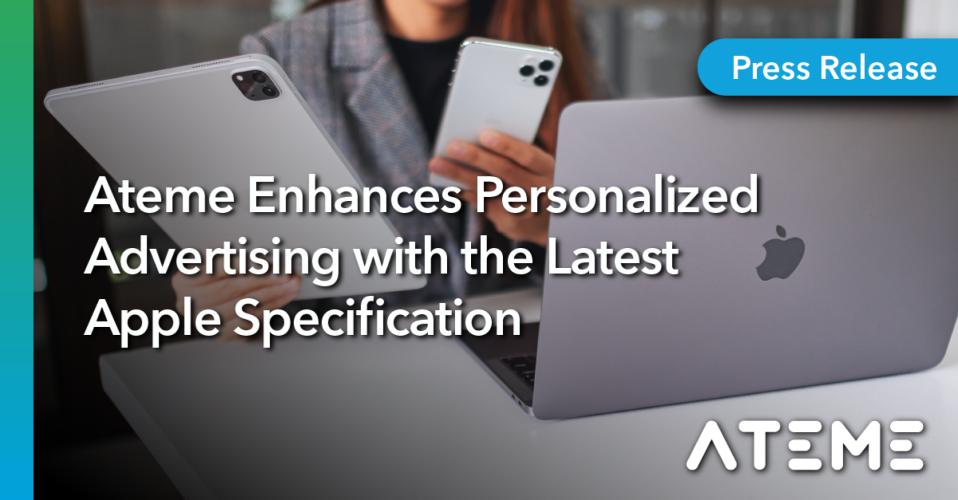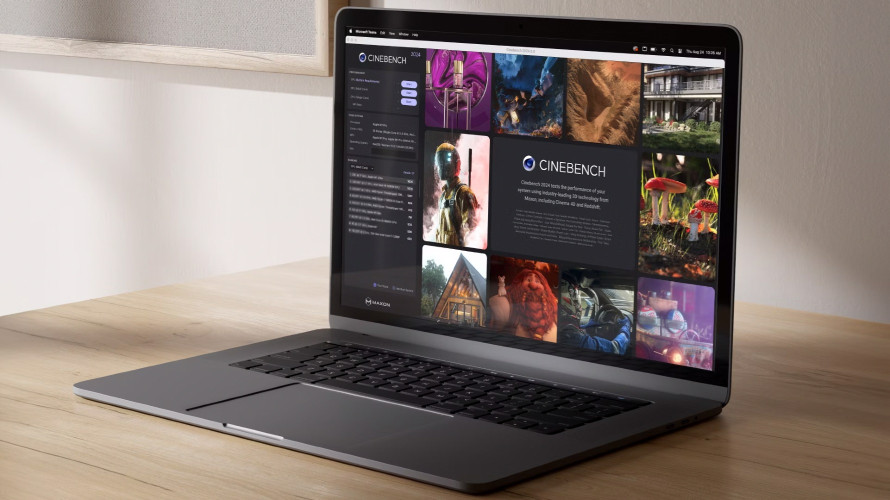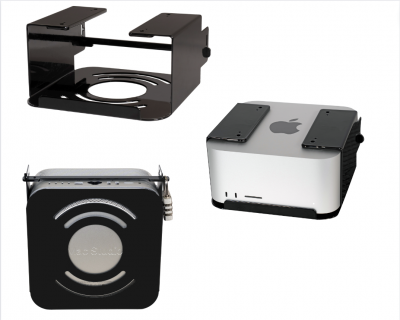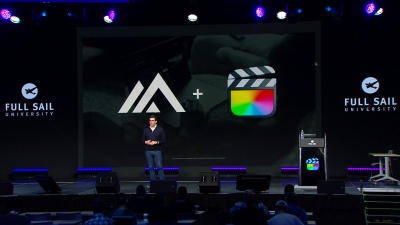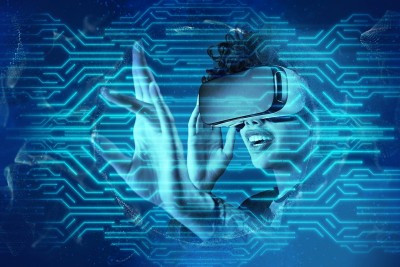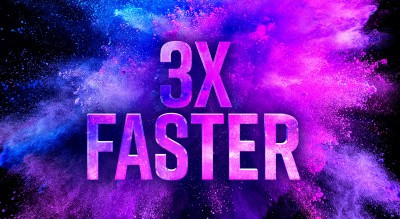by Dick Hobbs Issue 103 - July 2015
I was recently talking to the estimable James Gilbert, who runs the equally estimable graphics and automation specialist Pixel Power. He said something that made me think.
We were talking about scalability, and he said that it works in two directions. There is the sort of scalability that we all readily understand, and which is so beloved of marketing copywriters.
If you buy a video server which has the capacity of 100 hours, it is reasonably certain that the vendor will point out to you, at seemingly endless length, that it is scalable to 200 hours in the same frame, and with additional hardware it is scalable to 500 hours. Or numbers like that.
That is good, and useful, and to be appreciated.
But James pointed out that there is a different direction in which we might want to expand. Scalability, he said, was the ability to do more of the same. But what about extensibility, the ability to do different stuff around the same content?
If you built a playout centre five years ago, it was probably designed with just two outputs per channel: standard definition and high definition. Adding all the other devices that need to be fed calls for either an extensible design or a lot of tedious and expensive re-engineering.
Five years ago, remember, the iPad had just been launched. Steve Jobs unveiled it on 27 January 2010. You will perhaps recall that 2010 was the year of the Icelandic volcano, so for many Europeans their first experience of an iPad was while killing time in the Apple Store in Las Vegas, waiting to come home from NAB.
The verdict of most was I have no idea what this is for, but I really want one. Indeed, I still use that generation one model I brought back from NAB 2010.
If you go back and look at the launch presentation, though its on YouTube, of course then you cannot help the sneaking feeling that Steve Jobs did not know what it was for, either. Now it has transformed what we used to call the broadcast business by giving consumers a means of demanding instant gratification, which broadcasters and media companies have no choice but to obey.
What else do we have in the way of extensibility? A couple of years ago it was all about the 3D. That went well, didnt it. I will refrain from actually saying I told you so, but you know what I am thinking.
Today, once more driven by consumer electronics manufacturers who want everyone to go out and buy a new screen, all the talk is about Ultra HD. Except, of course, that it is not about Ultra HD, it is about 4k, one small and arguably ineffective way of driving a better viewing experience.
If you are building a playout centre today, then one of the extensible principles you will want to include is complete agnosticism. Your future infrastructure must not care about screen resolution, frame rate, bit depth or colour gamut, as well as codec and wrapper.
Will consumers want Ultra HD, in whatever form it is finally standardised? Nobody knows. The first European HD channel went on air surprisingly recently: on 1 January 2004, with the traditional Strauss concert from Vienna. By 2010 there were more than 200 commercial HD channels in Europe.
Many commentators suggest that the relative success of the HD roll-out was due to the emergence, at more or less the perfect moment, of flat screen televisions. Everyone loves a flat screen TV: you get a bigger, brighter picture in a smaller box. Result!
Will there be the same excitement about changing from one flat screen to a slightly different one? Who knows? If I was that good at predicting consumer behaviour I would be rich.
On the other hand, there is one device that we have all been craving for a very long time. In 1989, everyones favourite sci-fi franchise Back to the Future portrayed family life as it would be in 2015. And it included wristwatch television.
Good prediction, because here we are in 2015 and we have the Apple Watch. Other vendors have offered smart watches for a couple of years already, so the bar of what is expected and available is well set.
And guess what: it does not seem to include watching television on your wrist. There is a whole heap of NN best Watch apps articles out there, and they all talk about pedometers and navigation and Shazam, but nothing for television.
Version 2 of the operating system may make wristvision more viable, if anyone wants it. And then we have a new creative challenge. The Watch famously has haptic feedback: it can tap or massage your wrist on command. Monsters in horror movies could actually appear to be touching you.
So here is my top tip for the month. When planning your extensibles, better add the realtime synchronised haptic control track to your future-proofing list.




